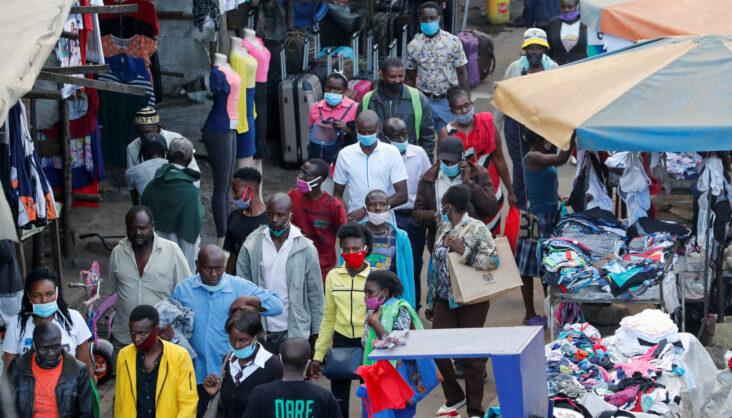Africa-Press – Lesotho. Paradoxically, the health and economic crisis have shown that the restoration of local production will be achieved through greater trade and economic integration.
The post-pandemic period promises to be a moment of opportunity for Africa, that of securing supply by bringing production back to the continent. Yet the risks of supply disruption are not as much linked to a lack of factories in Africa as they are to the concentration of trade.
Africa imports 75% of its drugs from Europe, India, and China. First and foremost, securing supply requires greater diversification of suppliers, backed up by trade agreements.
Can this be done in a way that benefits African countries? Intra-continental trade circuits are more fragile than international circuits. Despite the pandemic, cargo aircraft continue to land in Nairobi, container ships dock in Djibouti and oil tankers leave Port Sudan.
Traffic in the Kenyan port of Mombasa is only expected to decrease 2.1% in the first quarter of 2020 as compared to 2019. The problem lies elsewhere. Intra-Community trade within the East African Community (EAC) represents only 20% of its total trade (as opposed to 70% in Europe).
Several factors are to blame for this, including the poor quality of infrastructure, complex administrative procedures, low competition in the carrier industry, and a lack of interconnectivity between the various modes of transport.
For example, clearing a container takes eight days in Mombasa, less than two days in Mauritius and barely ten minutes in Europe. These differences are even more pronounced when it comes to transport corridors.
According to TradeMark East Africa, it takes twelve days for a shipment from Djibouti to travel the 850 km to Addis-Abeba.
That is four times longer than Asian averages for the same distance. The current crisis has shed a harsh light on these difficulties, as lines at the Uganda-South Sudan Border have stretched 70 km.
Failure to mutually recognise COVID-19 tests has led to conflicts between Tanzania and Kenya and placed carriers in danger. Another sign of the lower resilience of continental circuits is the inflation differential per product (imported or not).
In Kenya, conflict and subsequent delays at the Tanzanian border have tripled the price per kilo of onions. It is certainly difficult to determine which issues are caused by supply problems, and which are caused by locust invasion, flash floods and recurring inflation during Ramadan.
However, those African businesses that have been surveyed confirm that local supply has suffered greater disruptions than the others. Adapting inter-African trade to shocks is even more complicated due to inequalities in access to financial and digital services.
The EAC’s adoption of an electronic cargo tracking system, including an inventory of drivers’ COVID-19 tests, is especially encouraging. It proves that coordinated action at the continental level is possible.
This is welcome news, since this type of coordination is required not only in order to regulate the flow of trade, but to safeguard intellectual property rights, competition and quality.
The mutual recognition of quality control laboratories will doubtless be right at the top of the agenda for the African Continental Free Trade Area (AfCFTA).
Another priority could be to expand the use of rail transport, as has been achieved since 1 June for a portion of the Mombasa corridor linking Uganda, Rwanda and South Sudan. This decision was also negotiated by the EAC to ensure drivers’ safety and smoother-running supply.
For More News And Analysis About Lesotho Follow Africa-Press






